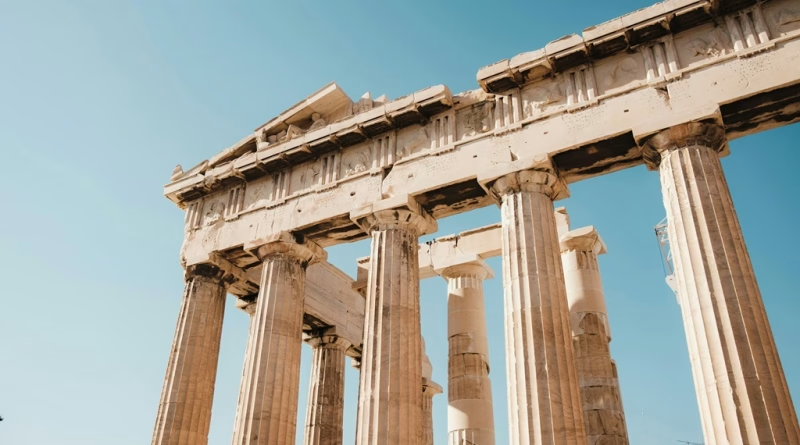AI in Archaeology: How Ancient Cities Are Being Rediscovered
For centuries, archaeology has relied on boots, brushes, and a bit of luck. In 2025, a new tool is reshaping the hunt for lost civilizations: artificial intelligence.
From scanning satellite images to decoding undeciphered scripts, AI is accelerating discoveries that would’ve taken decades by hand. Ancient cities once hidden beneath jungles, deserts, and farmland are reemerging—digitally, then physically.
Let’s explore how AI is transforming archaeology—and helping rewrite human history.
🛰️ 1. Mapping Lost Cities from Space
AI models trained on satellite imagery and LiDAR (light detection and ranging) are helping archaeologists identify buried structures, road networks, and city grids from the sky.
Real-World Example:
- In 2024, researchers using AI-enhanced LiDAR discovered an entire Mayan city in Guatemala—complete with causeways, reservoirs, and pyramids.
- AI helped spot subtle elevation changes and unnatural geometric patterns invisible to the human eye.
Why It Matters:
AI cuts through vegetation, terrain noise, and decades of erosion—finding sites that would’ve gone unnoticed.
🧠 2. Deciphering Ancient Languages
Machine learning is now being used to decode untranslated scripts and ancient texts by identifying symbol patterns and comparing linguistic structures.
Example in Action:
- Google’s DeepMind team launched a model called ITHACA that suggests translations and dating for ancient Greek inscriptions with 70%+ accuracy.
- AI has helped accelerate work on Linear A, the still-undeciphered script of ancient Crete.
Why It Matters:
Thousands of ancient documents sit unread in museums and archives. AI can help unlock their meaning—faster and with better context.
🏛️ 3. Predictive Excavation: Where to Dig Next?
Using massive databases of past digs, geological data, and historical maps, AI models can predict promising dig sites—saving years of trial and error.
2025 Highlight:
- A research team in the Middle East used predictive AI models to identify likely Bronze Age settlement zones. The model’s top pick revealed ruins within 3 meters of the projected coordinates.
Why It Matters:
Fewer wasted digs, more targeted exploration, and greater efficiency in heritage preservation.
📷 4. Object Recognition & Artifact Sorting
AI is also used to automatically classify pottery shards, reconstruct 3D models from fragments, and sort excavation finds into time periods or cultures.
Tech in Use:
- Tools like REVEAL use convolutional neural networks (CNNs) to analyze imagery from digs and match objects to museum archives.
- AI can even help digitally “rebuild” broken statues or mosaics using pattern matching.
Why It Matters:
Speeds up post-excavation work and allows remote collaboration with museums and historians.
🌍 5. Democratising Archaeology
Thanks to AI-powered platforms, citizen scientists can now contribute to archaeology:
- GlobalXplorer°, co-founded by Sarah Parcak, lets users help identify looting sites and hidden ruins from satellite images using crowdsourcing and AI vetting.
- AI flags high-potential submissions for expert review.
🤖 Limitations and Ethical Concerns
While powerful, AI is not a replacement for fieldwork or human interpretation. Misread data, biases in training sets, and over-reliance on digital tools could lead to:
- Misidentification of sacred sites
- Neglect of local knowledge and context
- Ethical debates about excavating newly found sites without cultural oversight
In 2025, many researchers are pushing for AI-human partnerships, not AI-led digs.
🧭 Final Thought: Reconstructing the Past, Byte by Byte
The past isn’t just buried under dirt—it’s buried under data. And AI is helping archaeologists sift through both.
From lost cities to ancient alphabets, 2025 marks a turning point where algorithms become allies in understanding human civilization. As long as we balance precision with respect, this tech could change not only how we dig—but why we dig at all.

